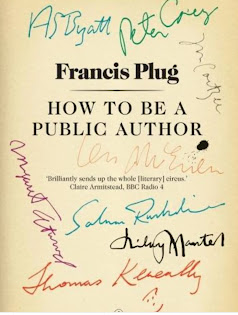The Butcherbird Stories

I very much enjoyed these Euro-Australian short stories, with an author A. S Patrić born in the former-Yugoslavia, and bringing to his fiction not only the ‘outsider’ perspective on Australian culture, but the alienation of Kafka, and something of the hard-edge of Raymond Carver. ‘Memories of Jane Doe’ could be a Carver story, or else Richard Ford – and yet sadly (thematically) also straight out of the Australian news. ‘Doe’ deals with the disappearance of a young European dreamer at the hands of a violent chef, with a wry and sad comment on a restaurant-owner who might turn a blind eye to preserve her business. ‘Among the Ruins’ sounds like Borges, but is the ‘backstory’ of one of the men who arrest Joseph K in Kafka’s The Trial , and here we are in European territory. This movement of sensibilities and styles intrigues me very much. In ‘The Flood’ a self-educated European-Australian taxi driver takes an older man for a drive in his taxi, with suitcases and an ‘outmoded code of


